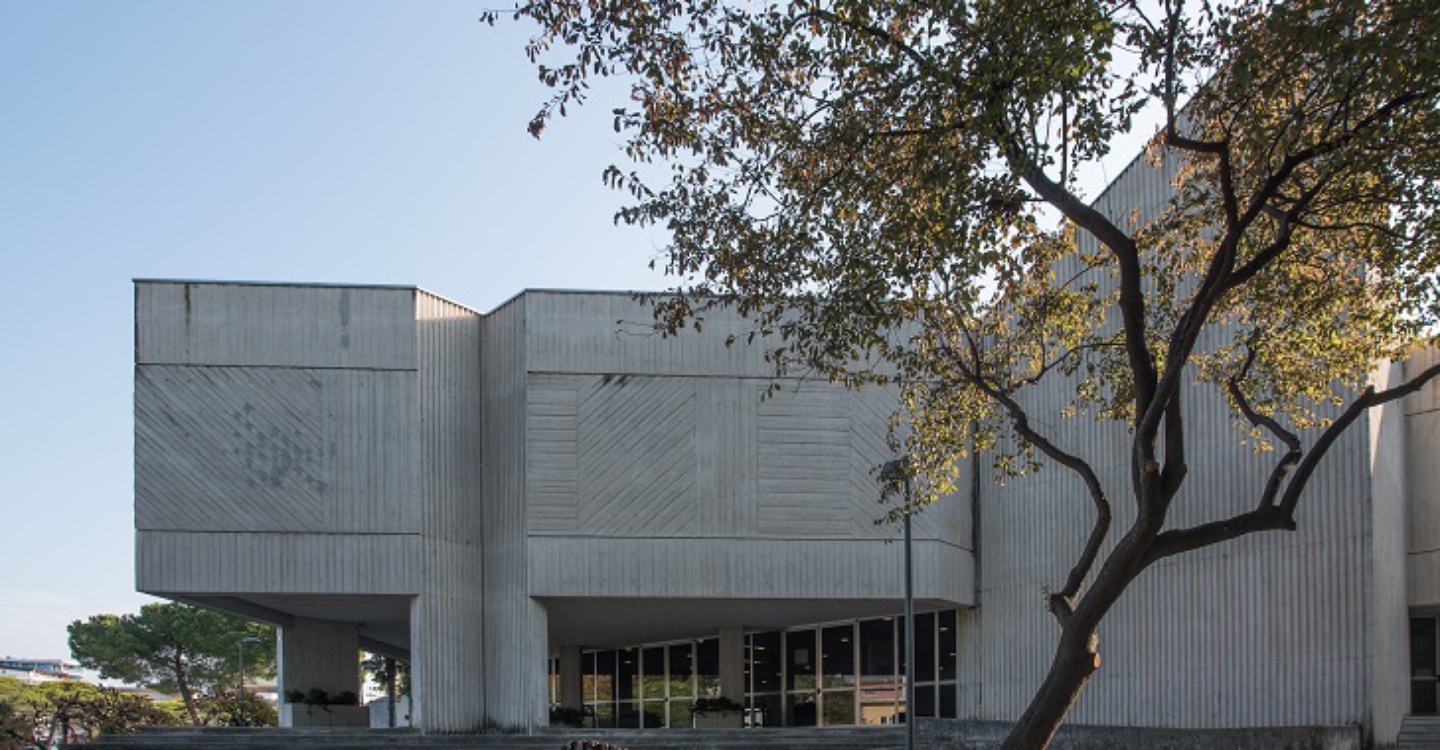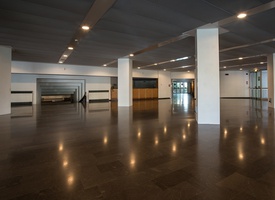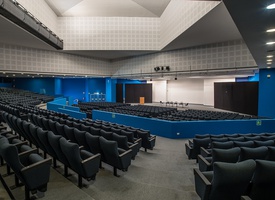Compared to its "competitor" beaches, Grado has always enjoyed a longer tourist season, thanks to the excellent facilities offered by its Marine Thermal Baths and the significant artistic attractions of its picturesque historic town centre. Furthermore, nature lovers find our island’s extraordinarily beautiful lagoon and the numerous sports activities on offer, including golf, sailing and canoeing, particularly irresistible out of season. The network of bike-friendly tracks and cycleways allow bike aficionados to discover inland areas. Last but not least, Grado is absolutely delightful in spring or autumn, even just for a walk along the sea wall known as the "dam" and along the seashore, whereas fish foodies come to the island all year round.
Grado, together with Barbana, is a destination for pilgrimages and religious tourism, but it also provides hotel accommodation for educational tourism and its Conference Palace adds further tourist opportunities. Some of Grado's top hotels have their own conference halls. However, the Regional Conference Palace has been vital in the development of this specific sector. The Centre was designed and built by Studio Architetti Avon e Associati in Udine in 1980, using public funds. It stands between the thermal baths and the Parco delle Rose. Its surface area of over 2,000 square metres holds not only an auditorium with over 1,000 seats, but also some smaller halls. The architects Gianni Avon and Marco Zanuso were well aware at the time that functional, modular spaces were essential for a congress centre. The style reflects the typical, architectural features of the late 70s and early 80s and the construction techniques immediately incorporated the anti-seismic standards established during the reconstruction of Friuli following the 1976 earthquake. The great historian and architecture critic, Bruno Zevi, was one of the first to appreciate our Conference Palace, as his positive review of 1980 showed, and we'll try to explain why: the choice of volumes was based on a 45 metre-sided square, on which stand two more squares, one of which has been rotated and the other is parallel. The spaces of the large, interior structure are just as dynamic. White, visible cement with diagonal scorings or grooves was used to give an overall effect of ever-changing chiaroscuro, depending on the light outside. A grid pattern of grey graniglia tiles was used as the only colour concession to create a sort of gap between the top of the building and the sky. The large foyer can only be accessed from the grand floor portico. Zevi gave his unconditional approval of the solutions used for the areas intended for different activities and functions: from the admin office to the cloakroom, from the bar to the exhibition areas, and the practical, aesthetically pleasing furnishings.
Grado's Conference Palace operates using modern plant engineering and hosts mainly local and international conference, including the "Ärzte-Tage" the "Medical Days”, which attract scholars and those working in the medical sector from German-speaking countries and also various exhibitions and cultural events, concerts and theatre performances. Lastly, the area surrounding the Conference Palace is beautifully landscaped with tennis courts run by Grado's Tennis Club along one side, whereas the Thermal Baths and the beach are just a stone's throw away. All this makes Grado a particularly attractive conference centre and its diversified area is the ideal starting point for additional events and trips to complete the tourist-conference offer.


